The Huawei Mate 60 Pro’s announcement surprised the world. It basically came out of nowhere. The device was simply listed on the official website and the first-party online store of Huawei. There was no launch event, which is not something we are not used to when it comes to Huawei’s products. But the most interesting part about the announcement is the Huawei Kirin 9000S.
As you may know by now, after the U.S. sanctions, Huawei faced severe limitations on what it can and can’t use in its smartphones. Among all, the major setback was that Huawei’s access to chipmaking tools essential to offer 5G was cut. This made the Chinese manufacturer stick with less advanced SoCs with 4G networking. But with Kirin 9000S, Huawei has emerged from the corner it was forced to stay at.
It has been a week since the Huawei Mate 60 series became official. And so far, Huawei has already shipped over a million units. And Huawei is expected to ship at least 12 million units of the Mate 60 Pro.
However, as Huawei has not formally made an announcement regarding support for 5G connectivity, there has been much confusion regarding the Huawei Kirin 9000S. In this article, I’ll be compiling all those questions and giving answers to each key question.
Who Is the Manufacturer of Huawei HiSilicon Kirin 9000S Chip?
In the past, Huawei has worked with TSMC to manufacture the HiSilicon chipsets. But after the U.S. sanctions, the Chinese giant couldn’t continue the partnership anymore. That automatically means that TSMC, which is the most advanced chip manufacturer, was not involved with the Kirin 9000S SoC.
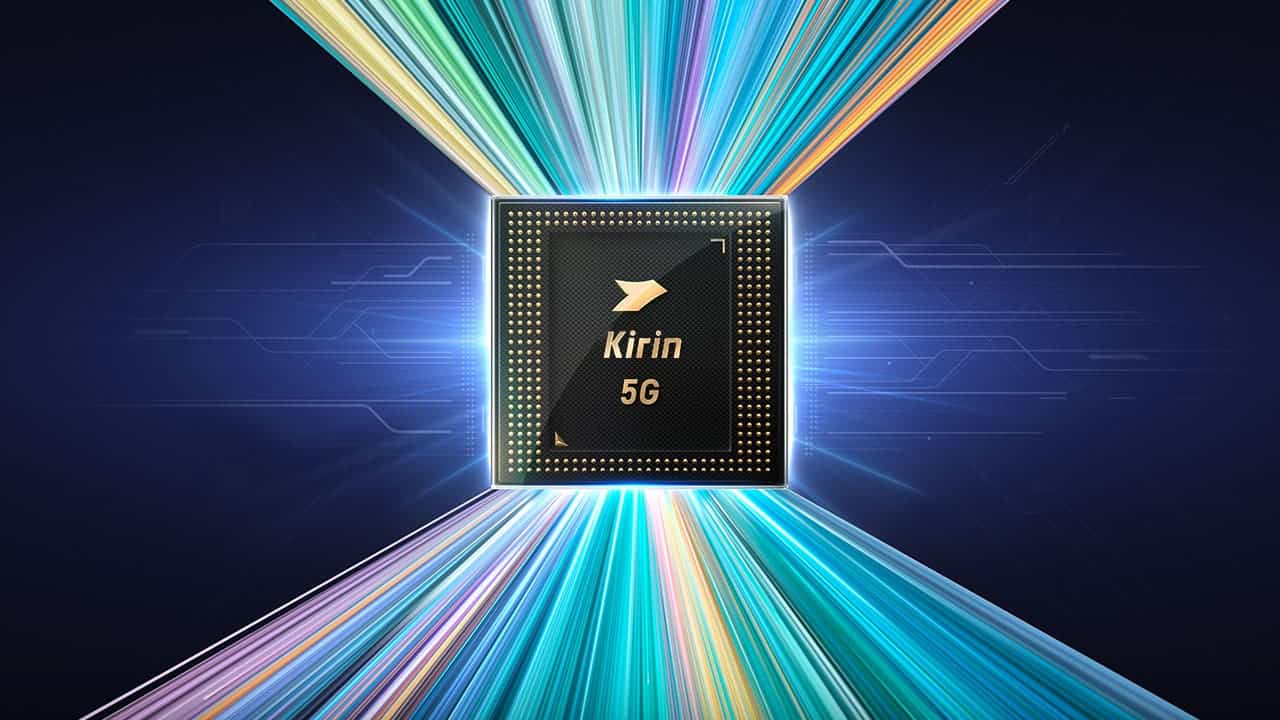
As Huawei is banned from working with TSMC, it chose SMIC to produce the new Kirin 9000S. For those wondering, SMIC is a Chinese chip manufacturer. And according to a report from TechInsights, SMIC used a 7nm (N+2) process to fabricate the chipset.
When it comes to the specifics, the Huawei Kirin 9000S chip measures 107 mm square. This measurement makes the SoC 2% larger than the 5nm chipsets manufactured by TSMC. And as you might already know, TSMC manufactured the Kirin 9000 chip, which measures 105 mm square.
What’s more interesting is that the Kirin 9000S chipset has larger critical dimensions than the regular 9000 chip. For those wondering, critical dimension is the size of a feature on a transistor or integrated circuit. It impacts the overall electrical properties of the device.
Does the Huawei Kirin 9000S Support 5G?
As I’ve mentioned in the beginning, the Huawei Mate 60 Pro is the first Huawei 5G phone in nearly 3 years. The new Kirin chipset comes with a Baron modem, which enables the support for fifth-generation mobile communication technology.
However, Huawei didn’t put out much information regarding the 5G capabilities of the Kirin 9000S. But we know that the chipset brings support for satellite connectivity in the newly released phone.
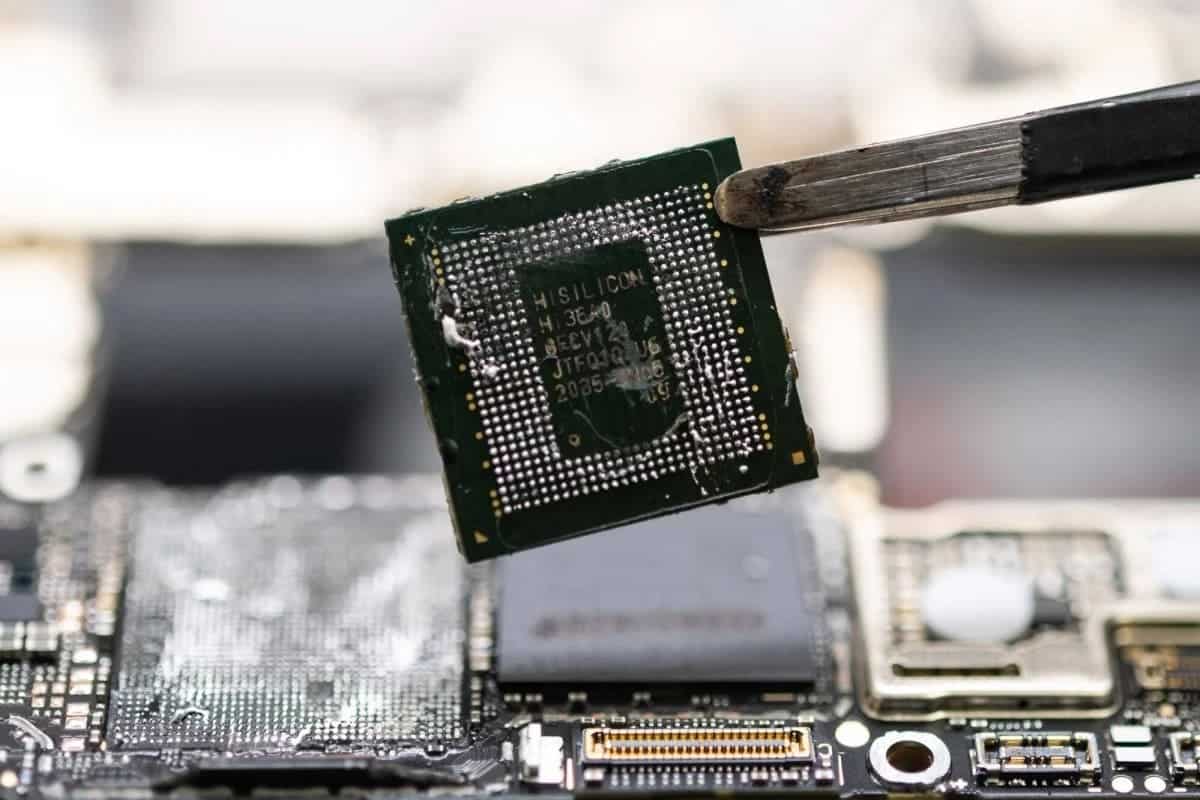
As a matter of fact, the Huawei Mate 60 Pro is the world’s first commercial phone with satellite calling. While the predecessor, the Mate 50 Pro, had satellite connectivity, it was limited to texts, just like the current iPhone models.
So, the new Kirin 9000S chip makes the new Huawei phone more capable than the current iPhone 14 lineup in terms of satellite connectivity.
The Architecture
Similar to the other mobile chipsets on the market, the HiSilicon Kirin 9000s is ARM-based. However, Huawei did not completely rely on the off-the-shelf default ARM cores. Instead, the Chinese phone manufacturer has opted for custom cores like Samsung’s Mongoose.
When it comes to specifics, the Kirin 9000S has eight cores. However, you may see some benchmarks showing 12 cores. The reason behind this is that the CPU has support for hyper-threading, which is up to 12 threads. This feature makes the new HiSilicon chip the first ARM chip in the market to support CPU hyper-threading.
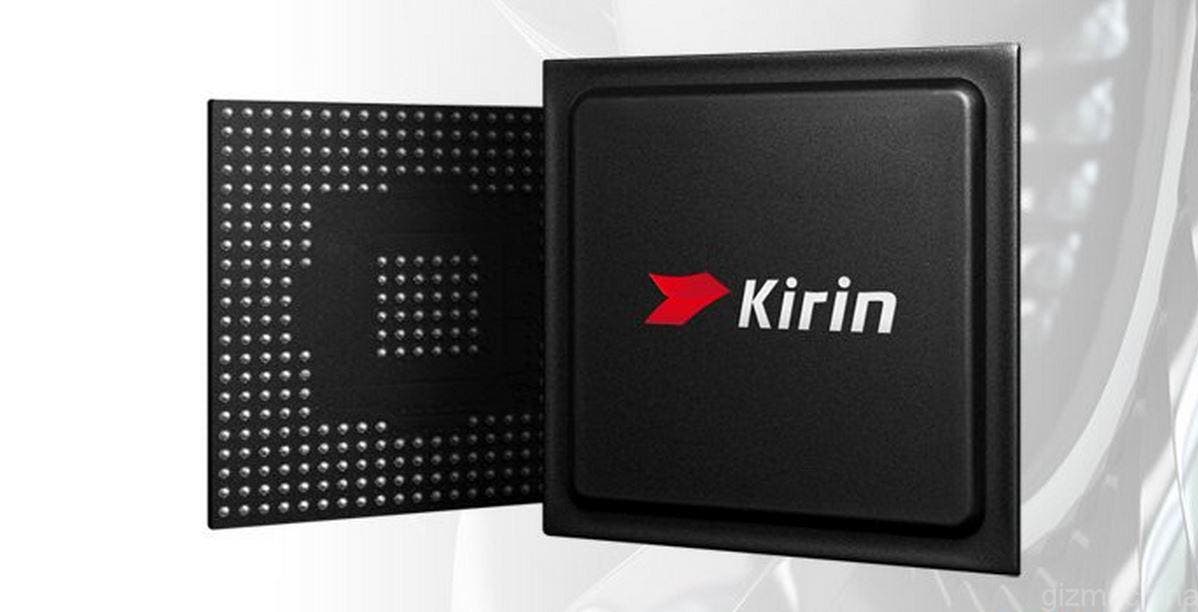
That said, in the eight-core configuration of the new Kirin chipset, the prime core is a custom Taishan core. It’s clocked at 2.62 GHz, while the median cores are three custom Taishan cores at 2.15 GHz. There are four stock ARM Cortex-A510 cores, which are efficiency cores with default clock speed.
On the graphics side, the Huawei Kirin 9000S has a Maliang 910 GPU. It features a clock speed of 750 MHz. Also, the new chipset comes with new and upgraded versions of DaVinci, ISP, and Baron modem.
How Powerful Is the Huawei HiSilicon Kirin 9000S SoC?
When it comes to performance, the Huawei Kirin 9000S falls behind the current Android flagship, the Qualcomm Snapdragon 8 Gen 2. Based on the benchmarks from AnTuTu, the SoC gets a score of 7,00,000. In comparison, the Snapdragon 8 Gen 2 scores 1,275,749 in AnTuTu.
In Geekbench, the chipset achieves a score of 1,300 in the single-core tests and gets 3,300 points in the multi-core test. To compare, the Snapdragon 8 Gen 2 achieves a score of 1,878 in the single-core test and 5,151 in the multi-core test. So, the new Kirin chipset is basically in the ballpark of Snapdragon 888 in terms of performance.
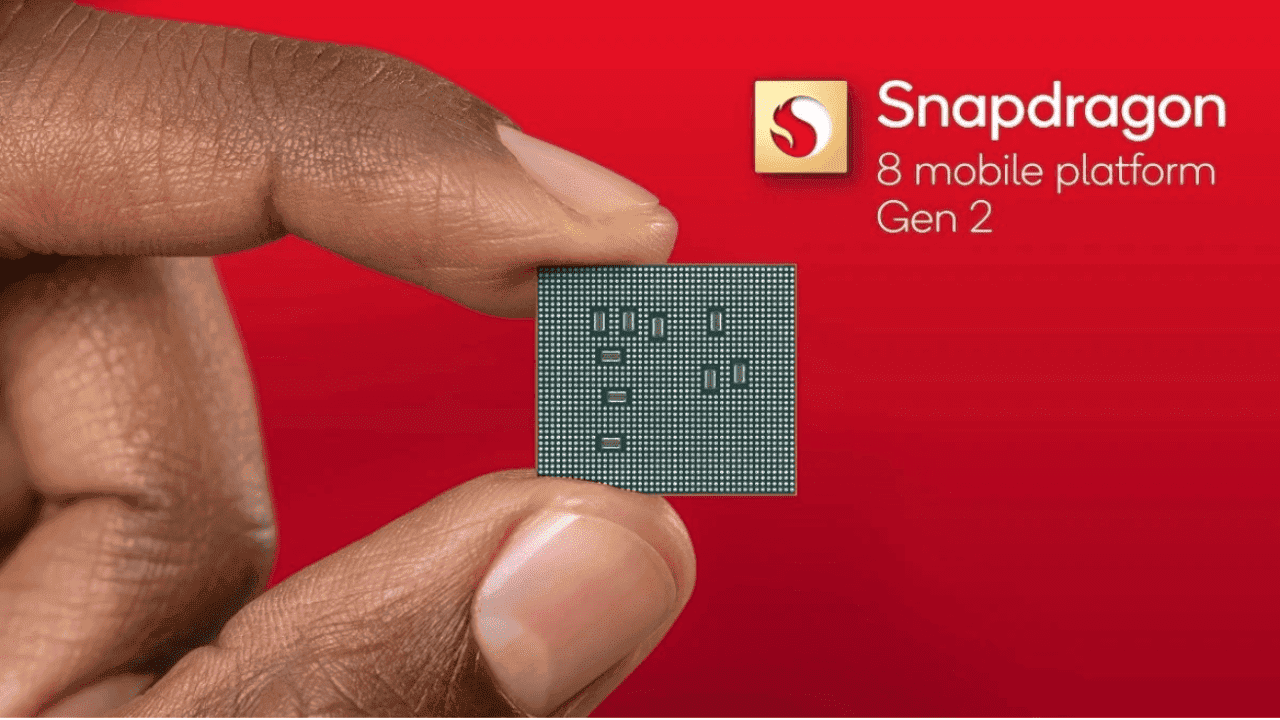
In other words, the Kirin 9000S is two generations behind when it comes to performance in the Android space. But this shouldn’t really have too much impact on real-world performance. After all, the numbers are better than all the current mid-range phones.
To give you a perspective, the fastest mid-range phone, Redmi Note 12 Turbo, gets a score of 1,148,376 in AnTuTu.

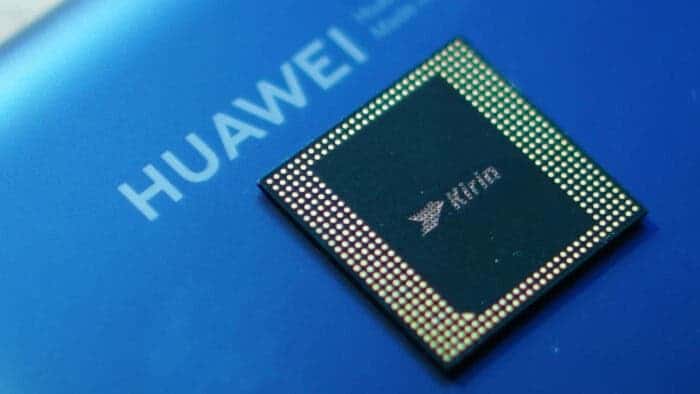




It’s nice to know. Nice work hisilicon
great!